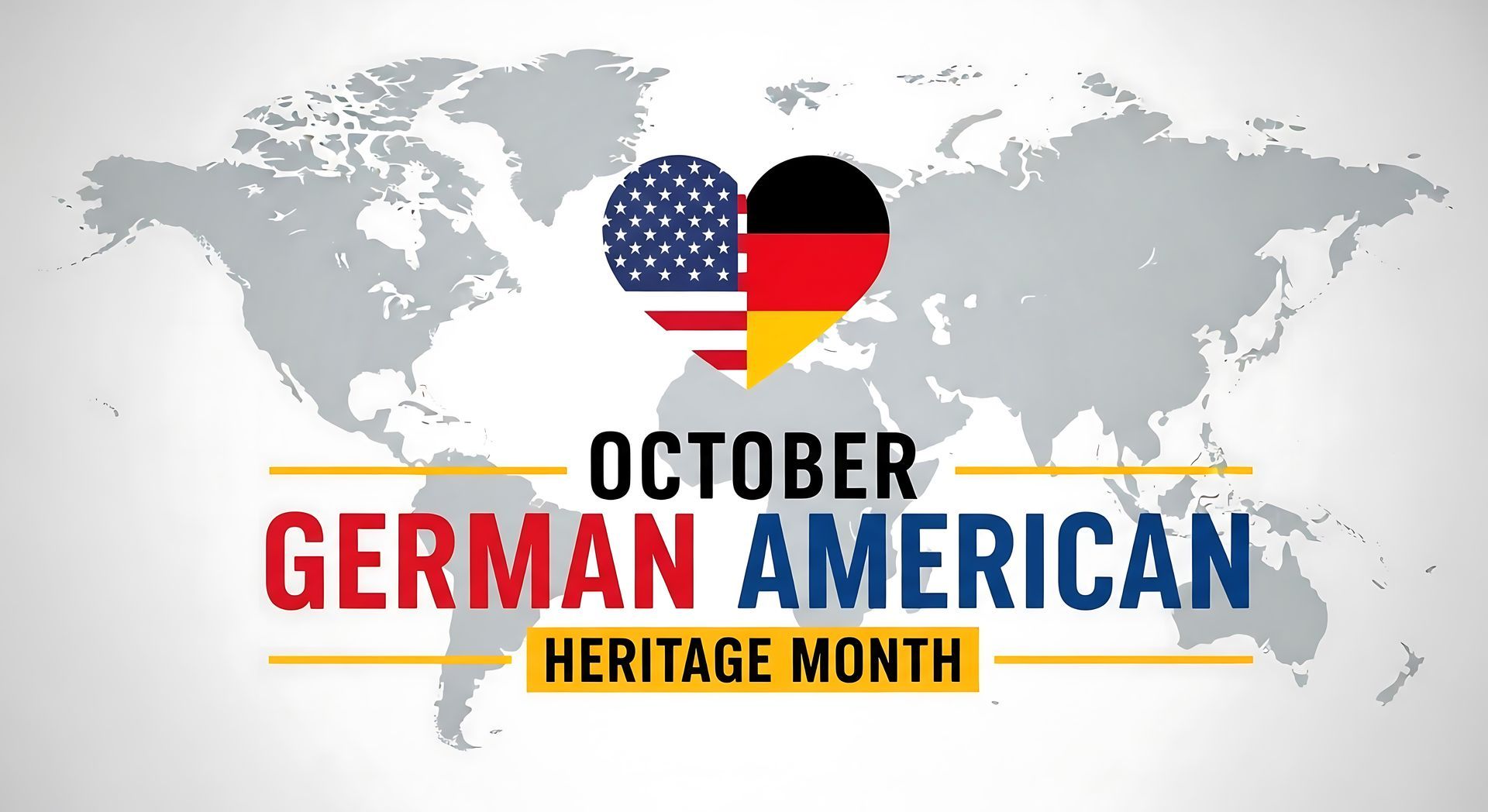✈️ Día de los Muertos: Celebrate Life, Color, and Culture in Mexico
Allstop Travel
Experience Mexico’s Día de los Muertos this November — from Oaxaca’s candlelit parades to Riviera Maya’s beachside altars. Discover the meaning, traditions, and best places to celebrate with Allstop Travel.

💀
The Meaning Behind the Marigolds
Each November 1–2, Mexico blooms with cempasúchil (marigolds), flickering candles, and music as families gather to honor loved ones. Día de los Muertos — the Day of the Dead — is a celebration of life remembered, not death mourned.
Ancient Aztec
beliefs combine with Catholic All Saints’ and All Souls’ Days to create a joyful ritual of reunion. Altars (ofrendas) overflow with flowers, favorite foods, and photos, inviting spirits to return for one more night of laughter and light.
🌆
Where to Experience Día de los Muertos
🕯 Oaxaca
Watch candlelit parades, sand art, and brass bands weave through cobblestone streets in one of Mexico’s most traditional observances.
🎉 Mexico City
The capital’s Mega Desfile (Grand Parade) dazzles with floats and costumes that inspired the Pixar film Coco.
🌊 Pátzcuaro, Michoacán
Witness island vigils on Lake Pátzcuaro as candlelight dances across the water from Janitzio.
☀️ Riviera Maya & Cozumel
Combine culture and relaxation — from resort-hosted workshops on skull painting to ancient Maya rituals honoring ancestors by the sea.
🎭
How to Celebrate Respectfully
Observe gently:
Ask permission before photographing altars or ceremonies.
Shop local:
Choose hand-painted skulls and embroidered textiles crafted by Indigenous artists.
Taste tradition:
Try pan de Muerto and atole from neighborhood bakeries.
Join with heart:
Many communities welcome visitors into parades and public celebrations — listen, learn, and celebrate with respect.
🌺 Why Travel in Early November
November brings mild weather, smaller crowds, and authentic connection before peak winter season. Whether strolling through Oaxaca’s candlelit streets or relaxing seaside after a festival in Playa del Carmen, this is Mexico at its most colorful and heartfelt.

Creating a Family History Book One meaningful way to preserve your findings is by creating a family history book. This can be both a personal project and a treasure for your family. Here’s a quick guide on how to get started: Organizing Content: Begin by outlining the main sections of your book. These could include family tree charts, biographies, significant events, and ancestral town histories. Writing Narratives: Turn the data into engaging stories. Share anecdotes, cultural practices, and how historical events shaped your family’s journey. Incorporating Visuals: Integrate photographs, scanned documents, and maps to bring your narrative to life. Design and Format: Utilize online tools or professional services to format your book. Pay attention to layout and readability to make it visually appealing. Printing and Distribution: Decide whether you want to self-publish or use a print-on-demand service. Share copies with family members to ensure the legacy is preserved. Engaging the Younger Generation To ensure your family’s heritage continues to be celebrated, engage the younger generation. Here are some creative ideas: Interactive Family Tree Projects: Use digital tools to create an interactive family tree where younger family members can explore their ancestry. Storytelling Sessions: Host family gatherings where stories are shared. Encourage younger members to ask questions and share their thoughts on family history. Heritage Tours: Plan a family trip to ancestral towns. Experiencing the places firsthand can foster a deeper appreciation for their heritage. Hosting a Family Reunion Consider organizing a family reunion centered around your genealogy discoveries. This event can be an opportunity to reunite family members from various branches and celebrate your shared history. Plan activities that highlight your research, such as: Genealogy Workshops: Offer sessions where you can teach others how to start or continue their research. Cultural Activities: Include traditional food, music, or games that reflect your German heritage. Presentation of Your Findings: Share a presentation of your research, featuring stories, photos, and any surprises uncovered along the way. What’s Next in Your Ancestry Journey? Your genealogical research journey doesn't have to end here. There are endless possibilities to explore further: Exploring Other Lineages: If you have multiple ethnic backgrounds, consider researching other branches of your family tree. Documenting Oral Histories: Continue collecting stories and memories from older family members. Document these to preserve living history. Advancing Your Skills: Attend genealogy conferences or online courses to refine your research techniques. Continuing the Legacy As you reflect on your journey into your German ancestry, remember that genealogy is more than just names and dates. It's about the stories, the connections, and the legacy you build for future generations. Keep the curiosity alive, and let each new discovery deepen your appreciation for your family's unique story.

Understanding DNA Testing for Genealogy DNA testing is a powerful tool to reveal your ethnic background and connect you with distant relatives who share a common ancestry. Two popular types of DNA tests are autosomal and Y-DNA or mtDNA testing. Autosomal DNA Testing: This is the most common type of DNA test, analyzing your entire genome. It provides estimates of your ethnic makeup and can connect you with relatives up to the 5th to 8th cousins. Y-DNA and mtDNA Testing: These tests trace your direct paternal line (Y-DNA) or maternal line (mtDNA). They are more specialized and can provide insights into your deep ancestral origins. Companies like AncestryDNA, 23andMe, and MyHeritage offer easy-to-use kits that can help you further explore your heritage. Once you receive your results, take the time to interpret them carefully. Look for connections to known relatives and any surprises in your ethnic background that might reveal previously unknown connections. Joining Genealogical Societies Genealogical societies can be invaluable resources for budding genealogists. Many of these societies specialize in immigrant ancestors, and specifically, German ancestry. Here’s how they can aid your research: Access to Exclusive Resources: Many societies offer access to databases, historical records, and publications that aren’t available elsewhere. They often have collections of family trees, documents, and expert articles. Networking Opportunities: Societies provide a platform to connect with other enthusiasts and professionals. Networking can lead to the exchange of research tips and sharing of family information. Workshops and Conferences: Engage in society-organized events that offer workshops led by experts, providing insights and techniques tailored to your research. Dedicated Support: Many societies have staff or volunteers who can offer guidance on various aspects of genealogy, including interpreting records or using online tools effectively. Examples of Noteworthy Societies The German Genealogy Group: Focused on German ancestry, offering a newsletter, access to databases, and educational resources. The American Historical Society of Germans from Russia (AHSGR): Provides insights and resources specifically for descendants of Germans who settled in Russia, now living in America. The International German Genealogy Partnership (IGGP): Connects German genealogy societies worldwide to facilitate research. Making New Connections As you delve deeper into your genealogy research, don't be surprised if you uncover relatives across the globe. DNA matches might lead to family branches you never knew existed, while society connections could put you in touch with distant cousins. Use these newfound connections to exchange stories and documents, enriching your family’s narrative. Preserving and Sharing Your Findings As you compile your findings, consider ways to preserve and share your work. Create a digital archive of documents, photos, and records you've collected. Consider writing a family history book to pass down to future generations, ensuring your research is both engaging and educational. Your journey doesn't end here. Keep exploring, sharing, and celebrating your German ancestry, and continue to build on the foundation you've painstakingly created. Each discovery enriches your understanding of where you come from, adding depth to your family story.

